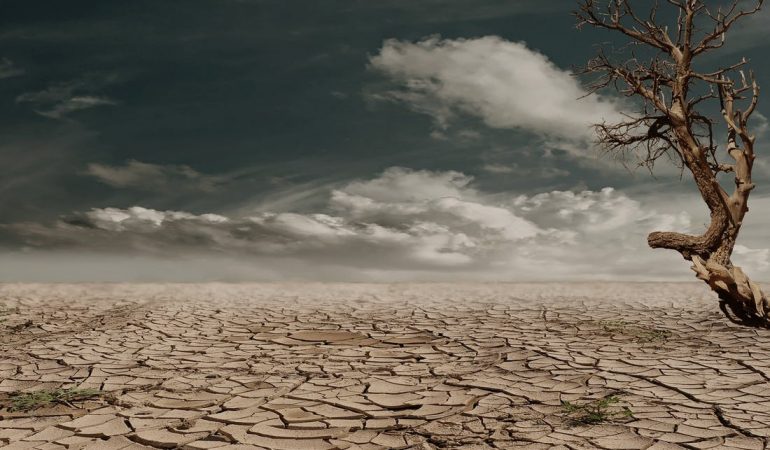If one was to ask anyone about climate change in Zimbabwe a few years back, the straight answer could have been limited to prevalence of droughts. This is not the case anymore given a number of catastrophic weather activities we have
experienced lately in the shortest space of time .
Climate change refers to the long-term change in the earths’ meteorologic conditions commonly caused by an increase in the normal atmospheric temperature. According to National Geographic, this causes weather pattens to be less predictable making it difficult to grow crops in areas that rely on farming.
More so, such changes are associated with extreme weather conditions like flooding, hurricane, droughts and windstorms.
Between 4 and 21 March in 2019, Zimbabwe and other Southern African nations that includes Mozambique, Madagascar and Malawi received the full wrath of destruction from tropical cyclone Idai. This storm was described by the New York Times as possibly one of the worst disasters in the southern hemisphere with loss value of around US$2.2billion. Subsequently, the same countries also received another Cyclone Chalane from 19 December 2020 to 3 January 2021 even though it had minimal destruction. More recently, another tropical cyclone named Eloise was also received between 14 and 25 January 2021 with destruction costs estimated around US$10million.
The big question that comes to mind is that are tropical cyclones now a common weather phenomena in the south eastern part of Africa given their persistence over three consecutive years?. If so, are we gearing ourselves fast enough to prevail under such adverse circumstances which give rise to property destruction, loss of livelihood, displacements and hunger?
It is with no doubt that weather catastrophes are no cheap business for any nation in the whole world. Normally, costs comes in millions and billions of dollars and no nation is always prepared for that. As a contingency plan, it now becomes imperative that all stakeholders accept this phenomenal change to our lives and start practicing proactive risk management measures. A multi-sectoral approach will not only integrate efforts, but also use effectively the little resources at hand.
As a nation, investing in early warning detection infrastructure becomes more paramount. This will assist with quick response measures that includes evacuations on time. Also equipping the organs that deal with disaster response with education and adequate tools will go a long way in minimising loss of life.
For organisations , it goes without a say that appropriate insurance covers become key sources of risk financing when these losses occur. Such weather conditions come with massive property destruction and loss of business which can be adequately covered through insurance. Most studies have indicated absence of insurance for most infrastructure in disaster prone areas which needs a re-look by most organisations, government institutions and individual households. Finally for communities, it
becomes very paramount to have a collective approach to information dissemination and reaction to such incidences. As more similar disasters are anticipated in future, all stakeholders need to be better prepared and be able to respond in a proactive manner (Wise bee)

